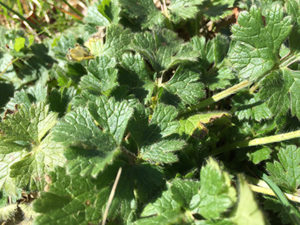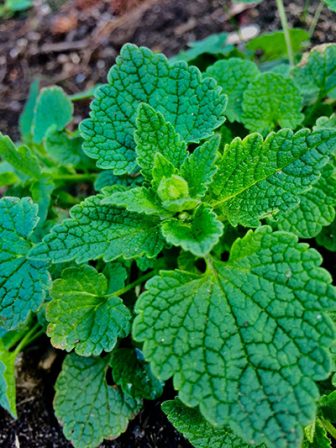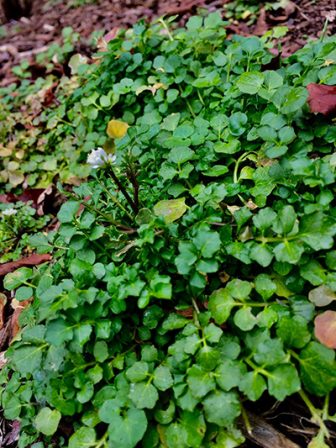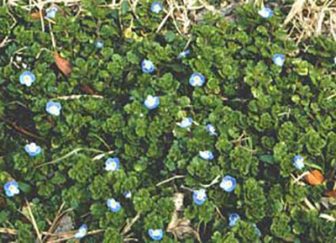Winter Annuals In Virginia
What Winter Annuals Are In Virginia?
One would think that during the winter in Virginia, lawns should be weed free and slow to grow. While slow growing is certainly a probability, certain weeds enjoy the colder temperatures and will seem to be persistent throughout the harshness of our winter. It may seem like some weeds are indestructible, but we assure you they are not! Naturally, even when treated with the proper herbicides, the environment can help to preserve these lawn invaders for a bit longer than desired. Our applications can and will combat these nuisances of nature. Although we do not spray for weeds at this time of year due to aeration and seeding, we are sure to address these issues with our last two applications of the year.
Below, you will see some of the common winter annuals that are seen on our customer’s lawns. It is our dedication to freeing your lawn from these pesky winter weeds, making your lawn stand out on your block as we enter spring.
Henbit
Henbit is a very common annual weed in Virginia lawns and is a member of the mint family. It has a heart like shaped leaf but with noticeably large, scalloped edges. The stem of mint family plants is a square and it also has a purple flower which can easily be confused with Purple Deadnettle, however it’s top leaves are attached directly to the stem. This weed begins germinating in the fall and will commonly be seen seeding in the spring.

Purple Deadnettle
Deadnettle, much like Henbit, is a member of the mint family. This winter annual is commonly confused with its counterpart Henbit. They both have square stems and scalloped leaves but the scalloped “teeth” on Deadnettle are much more prominent. Another good identifying characteristic of Deadnettle is that its leaves do no attach directly to the stem but rather through petioles or stalks attached to the stem. Unlike true “nettles”, this annual weed does not sting. Germination and seeding are very similar to Henbit.

Bittercress
You probably didn’t know that this fine dining plant grows so easy in your lawn. Bittercress, commonly called Hairy Bittercress, is a weed in the mustard family. Its seeds germinate in fall and makes a small rosette that will overwinter. Once spring temperatures rise it sends up slender stalks with white flowers followed by seed pods. Once these pods ripen they can explode when disturbed and sends seeds a fair distance. Bittercress has alternating leaves that are slightly scalloped with the largest leaves being at the base of the plant.

Chickweed
Chickweed, thusly named, is a common source of food for poultry. The leaves on common chickweed are oval with a slightly pointed tip with leaves being opposite each other on the stalk. Chickweed is a sprawling plant that gets a white flower as spring temperatures start to rise. Chickweed can commonly be seen in dense mats in lawns that are untreated. Common chickweed should not be confused with its perennial family member, Mouse Eared Chickweed which has visibly hairy large leaves.

Corn Speedwell
Corn Speedwell, much like our other weeds prior, germinates in fall and flowers in spring. Corn Speedwell has leaves that are in pairs and heart shaped seed pods that grow slightly below the flowers. The leaves of speedwell are arranged opposite if they are lower on the plant and alternating towards the top. The flowers of speedwell are blue and the plant itself can form dense mats.

While these weeds are unsightly, they are all very easy to control with the right lawn care regimen. Always mow at 3.5″ or above, aerate and seed every year, water appropriately during the summer and generally keep a thick stand of turf. The best defense against weed growth is a thick lawn. The better condition a lawn is in coming into the winter, the less chance of extreme invasions of these problematic weeds will be. This coupled with the efforts from our dedicated technicians will help ease the worry of any undesired weed growth in your lawn!
Need Help With Winter Weeds?
Leave the winter weed battle to us! Our Virginia Green experts are ready to protect your lawn and keep it in peak shape. Let’s take on those winter weeds together—talk to a specialist today!
